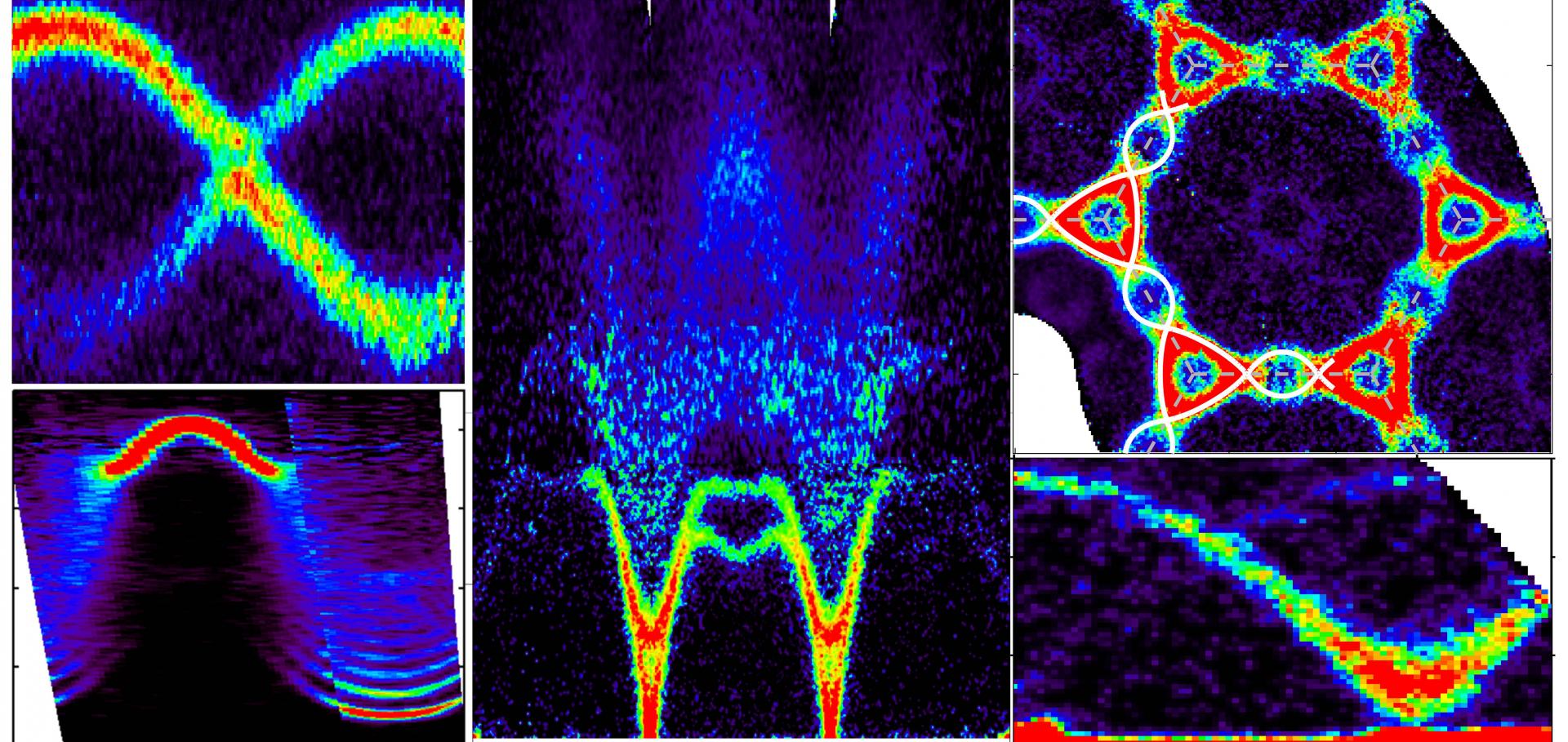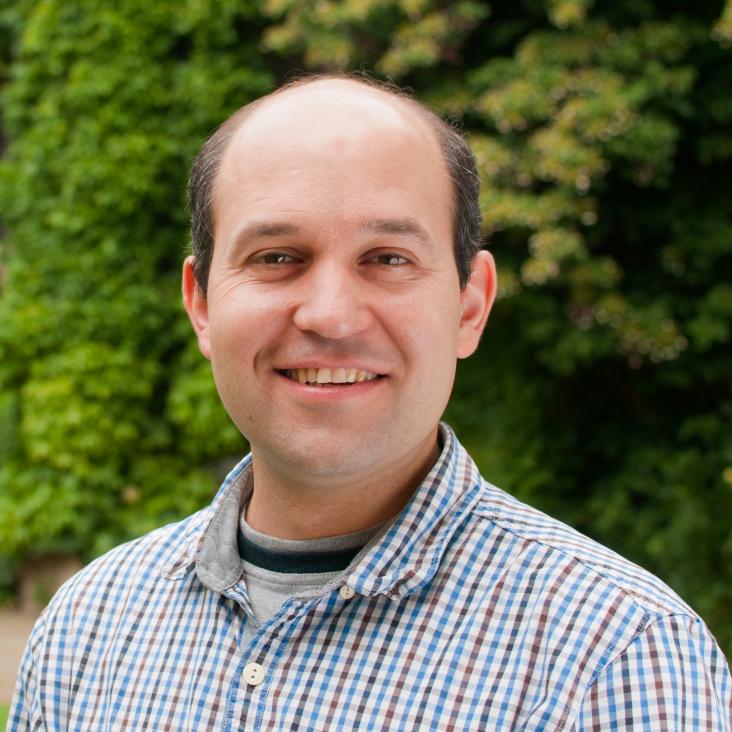A study of the quantum classical crossover in the spin dynamics of the 2D S=5/2 antiferromagnet Rb2MnF4: neutron scattering, computer simulations, and analytic theories
(2008)
A study of the quantum classical crossover in the spin dynamics of the 2D S=5/2 antiferromagnet Rb2MnF4: neutron scattering, computer simulations, and analytic theories
ArXiv 0804.2901 (2008)
Abstract:
We report comprehensive inelastic neutron scattering measurements of the magnetic excitations in the 2D spin-5/2 Heisenberg antiferromagnet Rb2MnF4 as a function of temperature from deep in the Neel ordered phase up to paramagnetic, 0.13 < kBT/4JS < 1.4. Well defined spin-waves are found for wave-vectors larger than the inverse correlation length $\eta^{-1}$ for temperatures up to near the Curie-Weiss temperature, $\Theta_{CW}$. For wave-vectors smaller than $\eta^{-1}$, relaxational dynamics occurs. The observed renormalization of spin-wave energies, and evolution of excitation line-shapes, with increasing temperature are quantitatively compared with finite-temperature spin-wave theory, and computer simulations for classical spins. Random phase approximation calculations provide a good description of the low-temperature renormalisation of spin-waves. In contrast, lifetime broadening calculated using the first Born approximation shows, at best, modest agreement around the zone boundary at low temperatures. Classical dynamics simulations using an appropriate quantum-classical correspondence were found to provide a good description of the intermediate- and high-temperature regimes over all wave-vector and energy scales, and the crossover from quantum to classical dynamics observed around $\Theta_{CW}/S$, where the spin S=5/2. A characterisation of the data over the whole wave-vector/energy/temperature parameter space is given. In this, $T^2$ behaviour is found to dominate the wave-vector and temperature dependence of the line widths over a large parameter range, and no evidence of hydrodynamic behaviour or dynamical scaling behaviour found within the accuracy of the data sets.Anomalous temperature evolution of the internal magnetic field distribution in the charge-ordered triangular antiferromagnet AgNiO2.
Phys Rev Lett 100:1 (2008) 017206
Abstract:
Zero-field muon-spin relaxation measurements of the frustrated triangular quantum magnet AgNiO2 are consistent with a model of charge disproportionation that has been advanced to explain the structural and magnetic properties of this compound. Below an ordering temperature of TN=19.9(2) K we observe six distinct muon precession frequencies, due to the magnetic order, which can be accounted for with a model describing the probable muon sites. The precession frequencies show an unusual temperature evolution which is suggestive of the separate evolution of two opposing magnetic sublattices.Charge disproportionation and collinear magnetic order in the frustrated triangular antiferromagnet AgNiO2
(2007)
Charge disproportionation and collinear magnetic order in the frustrated triangular antiferromagnet AgNiO2
ArXiv 0710.2811 (2007)


